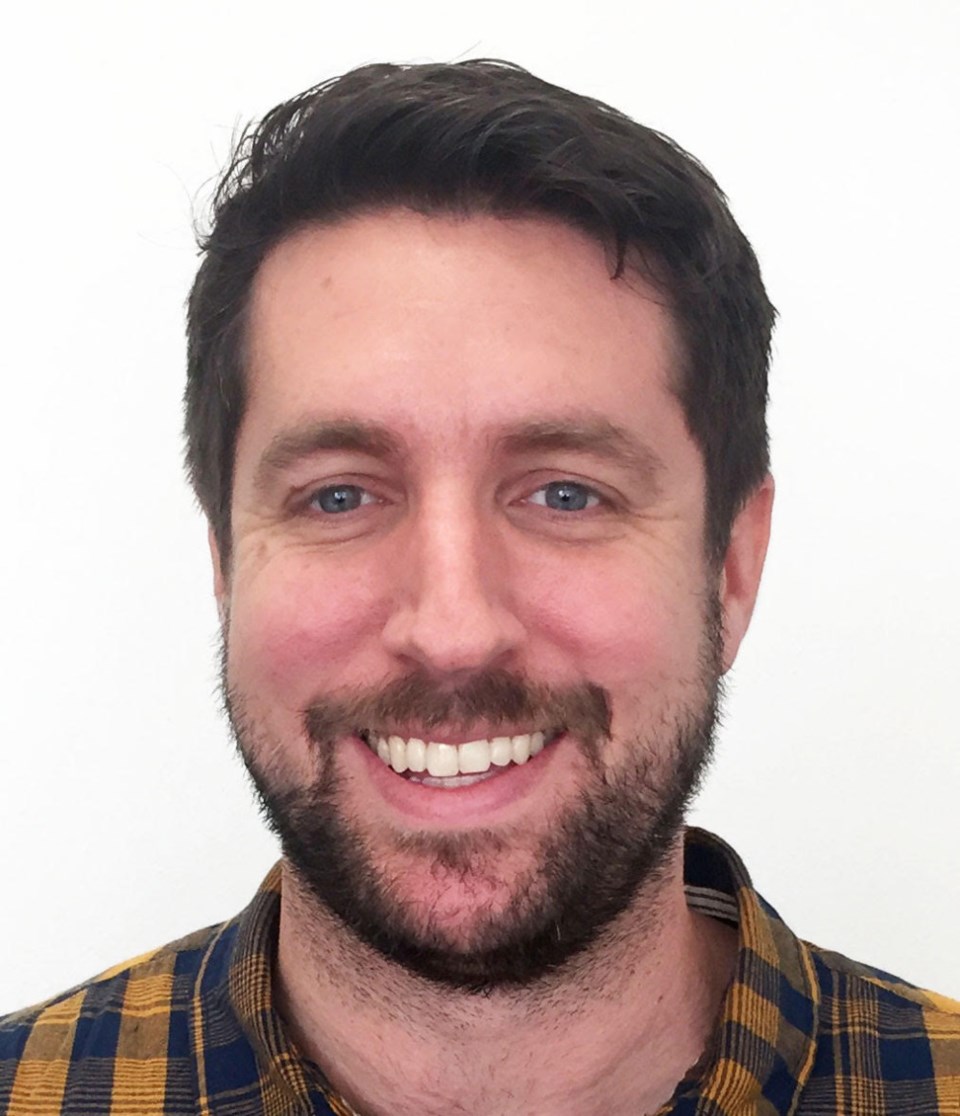Vincent Tagliabracci’s mother remembers her young son constantly asking, Why?
The inquisitive boy started asking questions early and often in life, remembers Susan Tagliabracci.
So often that she’d tell her “bundle of joy” that the Y on McNabb Street near the neighbourhood was where Tagliabracci grew up.
Curiosity continued at St. Mary’s College, and he credits biology teacher Maureen Cano with inspiring in him a love of science.
Today, Tagliabracci still seeks answers, but it’s as Dr. Tagliabracci, an Assistant Professor in the Molecular Biology Department at The University of Texas Southwestern Medical Center in Dallas.
The questions he now wrestles with enhance our understanding of cancer and infectious diseases, including COVID-19.
“We are trying to understand the basic biology of the virus,” said Tagliabracci, when describing how the work he does relates to COVID. “How do these viruses replicate? How do they evade the immune system?”
The last time Sootoday touched base with Tagliabracci was in June 2018 when he was chosen to be one of only 15 scientists across the U.S. to become part of the Searle Scholars Program. Tagliabracci was recognized for research that opened the door to the possibility of a cure for breast and bone cancer and other bone disorders, such as osteoporosis.
Since then, he’s still been lauded for cutting-edge research.
In 2019, he was one of 60 researchers across the United States selected for an award in a National Institutes of Health program supporting highly innovative science.
This year, he was honoured with the Welch Foundation’s Norman Hackerman Award in Chemical Research.
“We are proud to recognize Dr. Tagliabracci for his extraordinary accomplishments,” said Carin M. Barth, chair of The Welch Foundation Board of Directors in a press release. “He has hit an exciting and rewarding area of research, and we look forward to following and beneftting from his successes.”
Tagliabracci’s work zeroes in on pseudokinases, which are also known as zombie enzymes, because they were once thought to be inactive. Tagliabracci’s laboratory showed that some of these so-called zombies are actually alive and can govern the spread of deadly bacteria with important implications for a number of diseases.
In 2018, Tagliabracci worked on a project that discovered a protein. The coronavirus appears to have stolen this protein.
“One of the major goals is to try and figure out what that’s doing,” he said.
“These viruses can’t live without a host,” said Tagliabracci. “They usually steal genes and proteins from the host so they can re-purpose them to their benefit.”
He initially wanted to be a physician, but Tagliabracci developed a passion for research at university.
At the end of the day, the goal of the researcher and medical doctor is the same.
“It’s fun to discover stuff in the lab, but ultimately we need to realize we’d like to help patients,” he said in a video about the Hackerman Award. “The drugs we take now all started from basic, biological, chemical research.”
From his parents, to his high school teachers, to university colleagues, Tagliabracci recognizes the importance mentors had in his life.
He’s continuing this teacher-student thread in his own labs which have been described as collaborative and fun.
“It’s quite a vibrant environment, and I try to make sure everyone’s having fun,” Tagliabracci told a university publication in January. “Science is not easy. It can be tough. Projects fail. You learn something from every failed experiment. They teach you what not to do.”
In many ways, having fun is what got Tagliabracci’s foot in the research door.
He attended Indianapolis University after high school on a golf scholarship.
Tagliabracci earned his PhD in chemistry and molecular biology at the Indiana School of Medicine, then did post-doctorate work at the University of California in San Diego for four years before becoming a molecular biology assistant professor at the University of Texas Southwestern Medical Center in Dallas in 2015.
He says Dallas is a great place. There are hot summers and it rarely snows in the winter. Tagliabracci lives close to the American Airlines Centre so he’s able to catch a few Dallas Stars games.
This year, he’s also golfed a bit more than usual.
Normally, he comes home to Sault Ste. Marie at least twice a year, but COVID put that on hold.
“My mom and grandma still live up there, so I try to get up and see them,” he said. “My grandma is 91.”
“The Sault will always be in my blood, it’ll always be home,” Tagliabracci told Sootoday in a 2018 story.
Dallas relaxed its COVID restrictions and the university is now back to about 50 per cent capacity. Five or six people work in his lab at one time, instead of the usual number of around 11.
“We try to do shift work and social distance,” he said.
The work researchers normally do without much fanfare is currently in the spotlight around the world.
When the pandemic subsides, Tagliabracci will still be in the lab asking, Why?
Colleagues at the university see good things in the future.
“I think the best is yet to come from Vinny,” said Dr. Eric Olson, Chair of Molecular Biology and Director of the Hamon Center for Regeneratire Science and Medicine.
In a video release about the Hackerman Award, Olson said the exciting thing about Tagliabracci’s research is that it’s unexplored territory.
“Who knows where it’s going to lead,” said Olson. “But I can assure you it’s going to lead to great things.”
The video honouring Dr. Tagliabracci can be viewed here.
